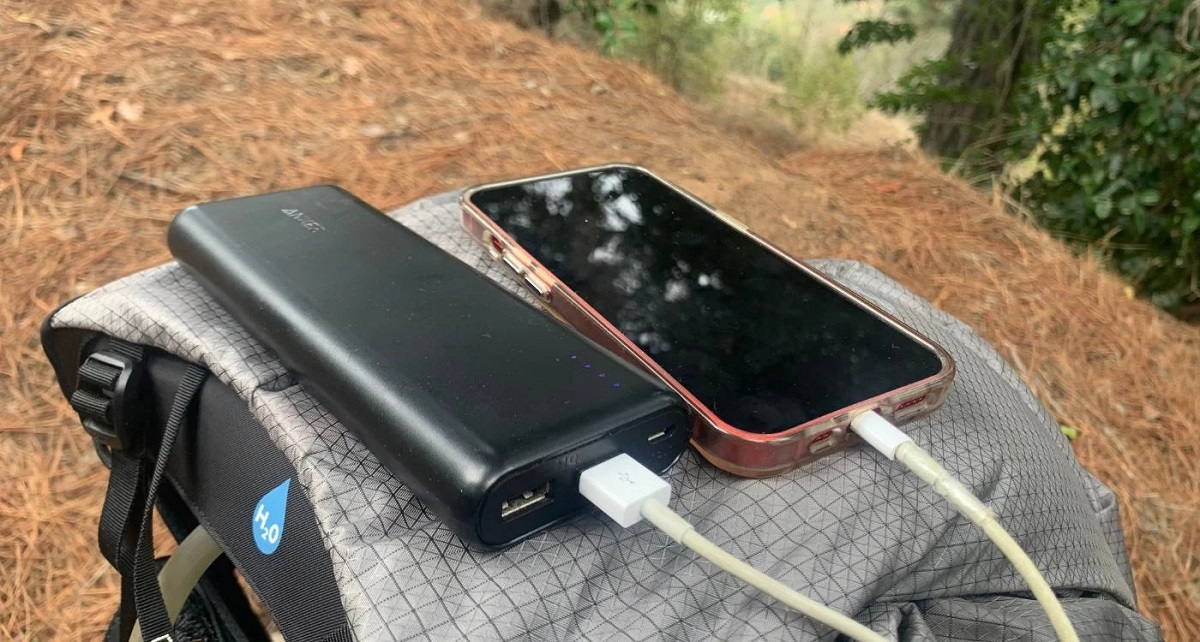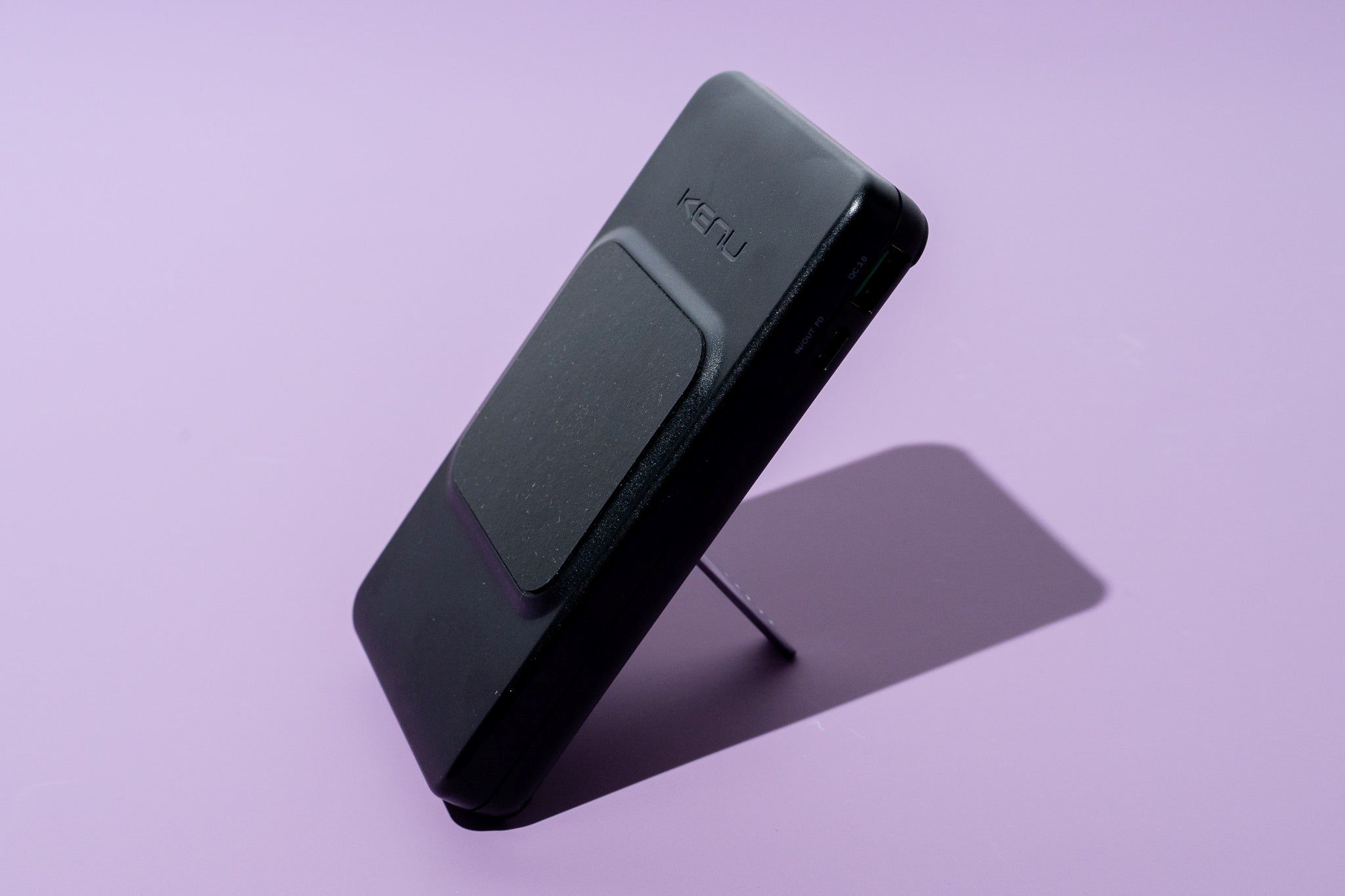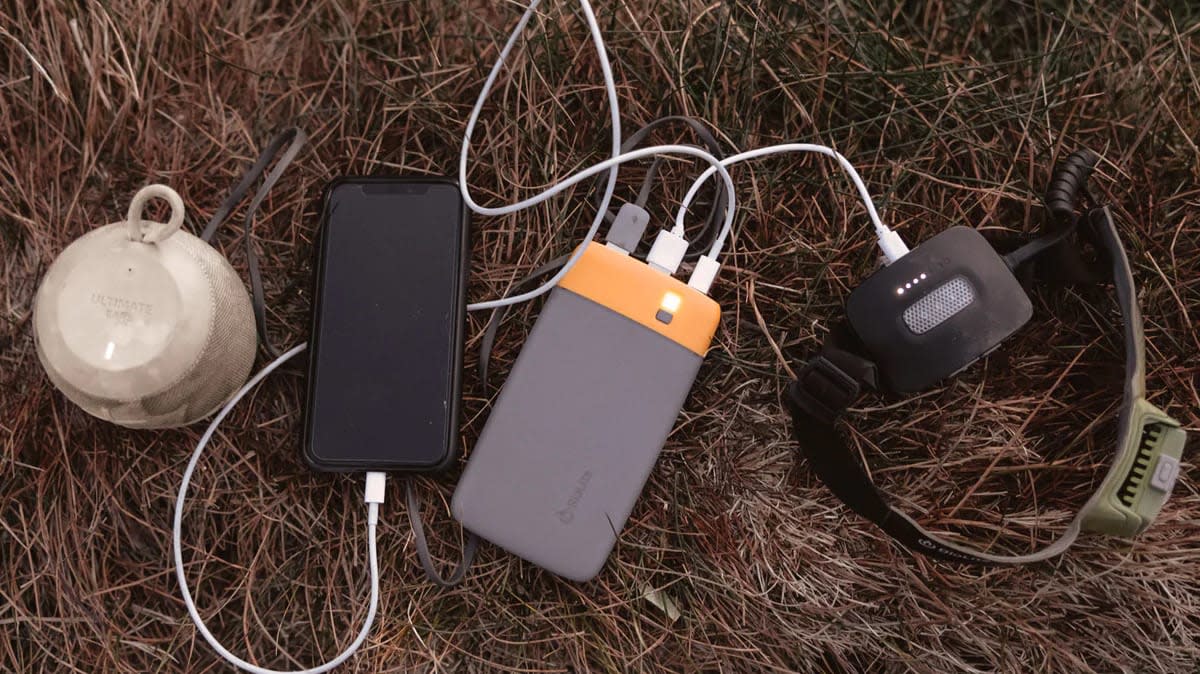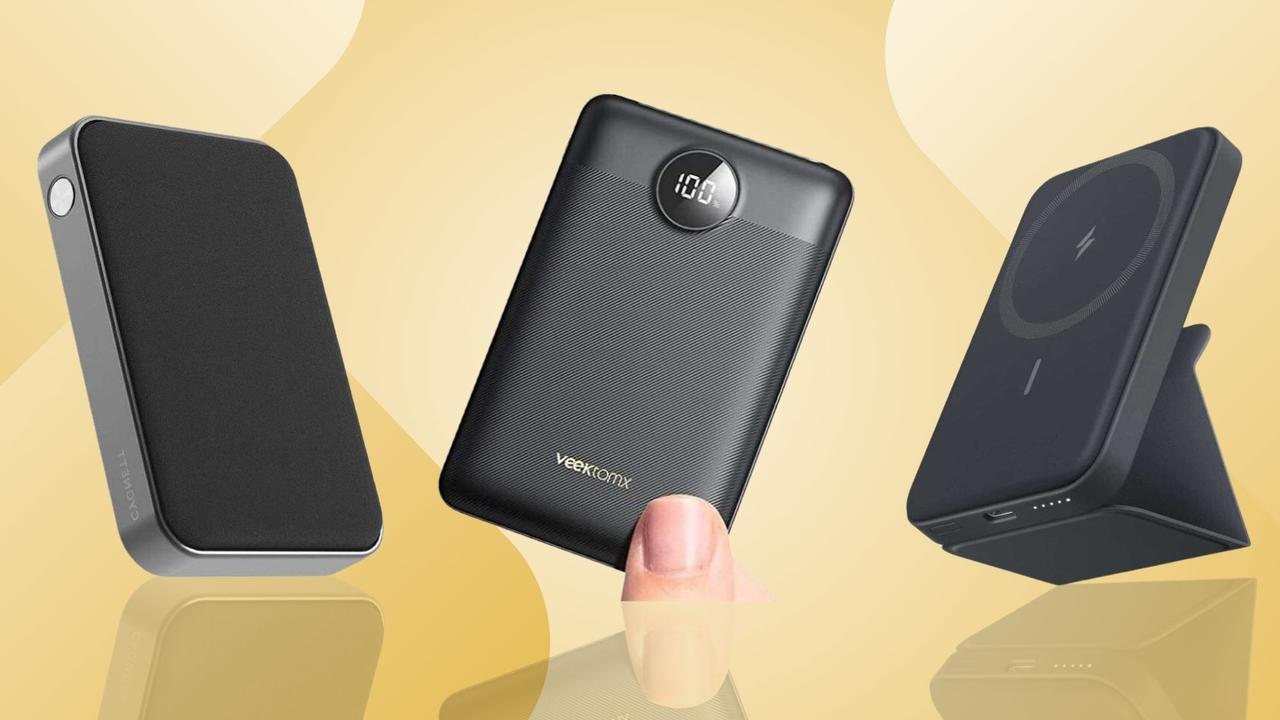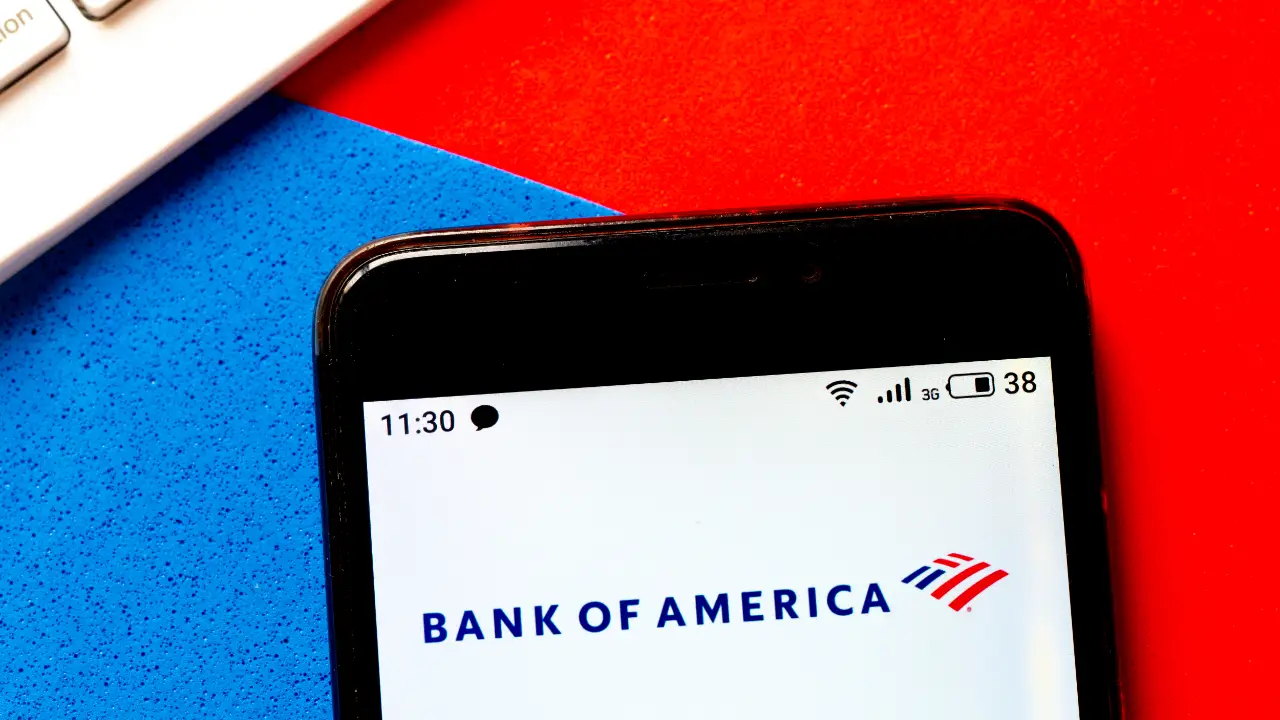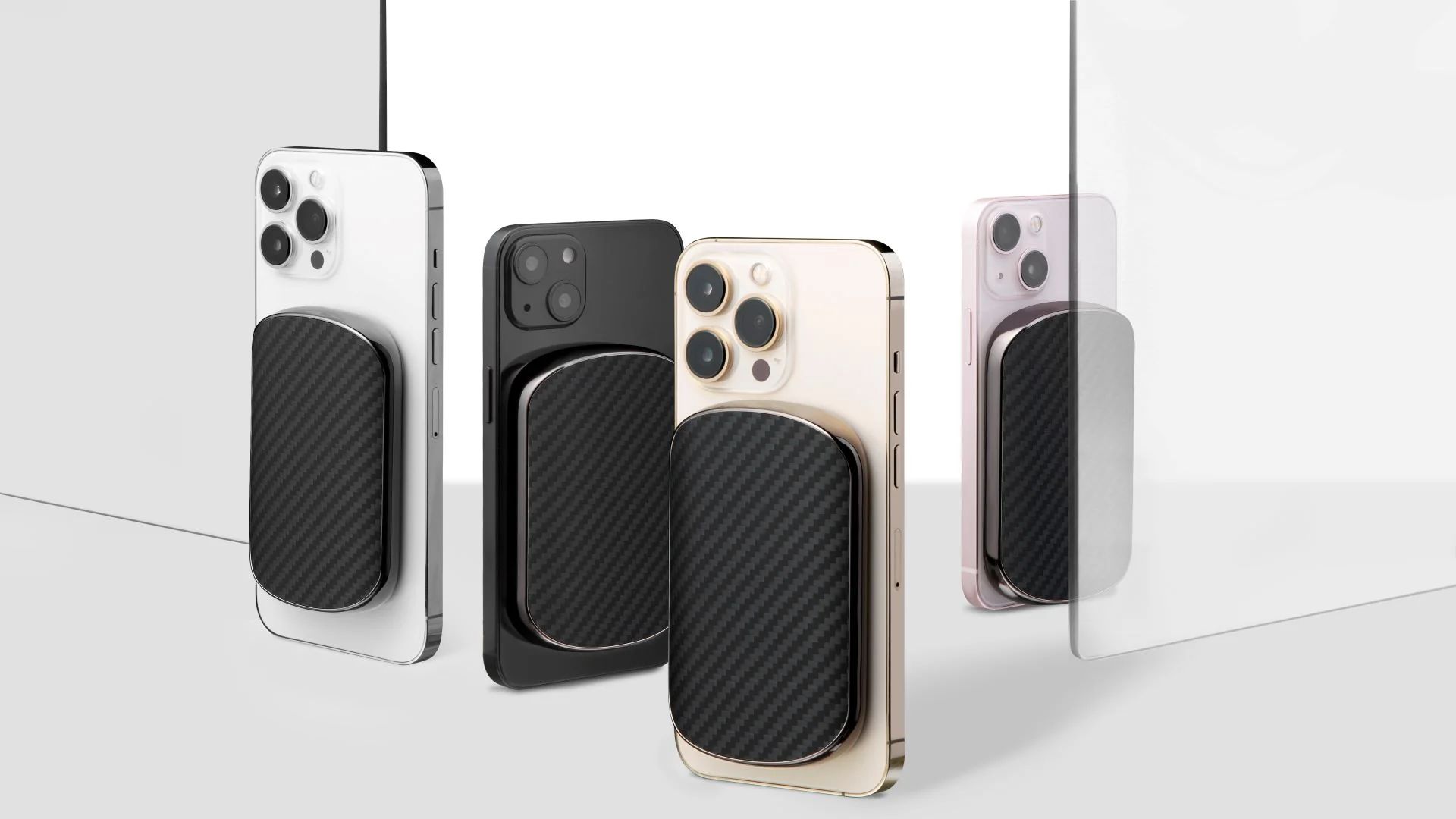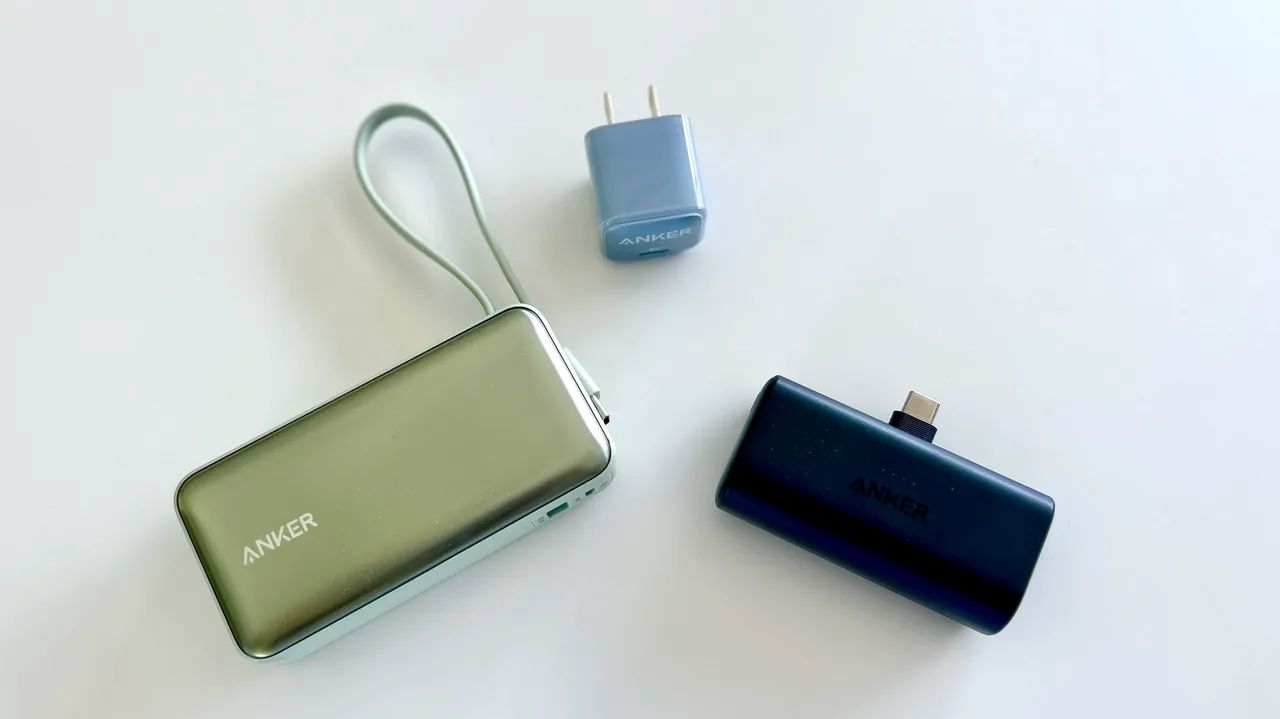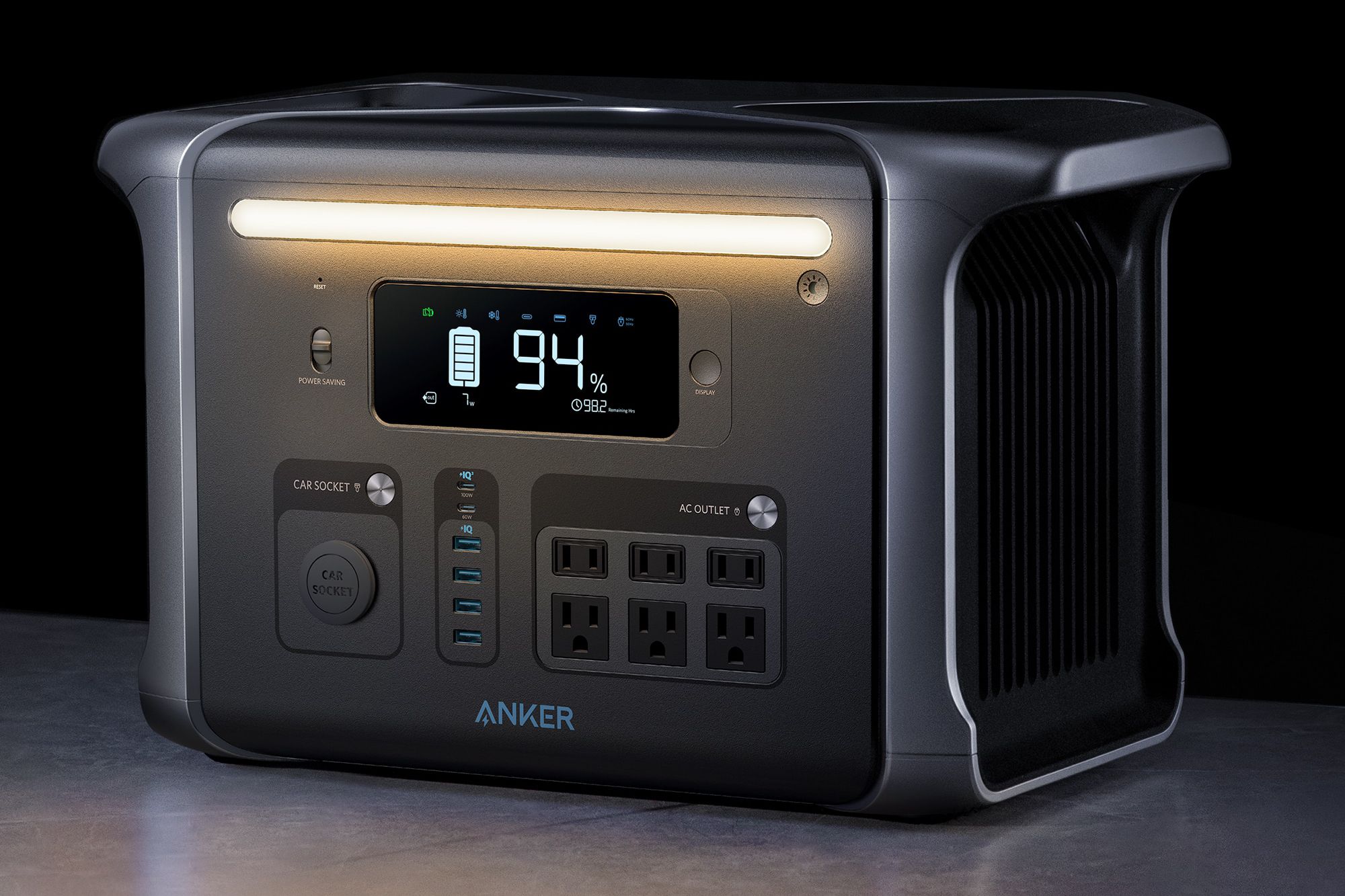Introduction
Welcome to our guide on how to use a power bank for your iPhone. In today’s digital age, smartphones have become an indispensable part of our lives, but their battery life often leaves us wanting more. That’s where power banks come in. A power bank is a portable charger that allows you to recharge your devices on the go, ensuring that you’re never without power when you need it most.
Whether you’re traveling, camping, or simply out and about, a power bank can be a lifesaver, providing a convenient and reliable way to keep your iPhone charged throughout the day. No more worrying about your phone dying in the middle of an important call or missing out on capturing those precious moments.
In this guide, we’ll take you through everything you need to know about using a power bank for your iPhone. We’ll cover how to choose the right power bank for your specific needs, how to use it to charge your iPhone, tips for properly utilizing your power bank, and even troubleshooting common issues that may arise.
So, whether you’re a frequent traveler or someone who relies heavily on their iPhone for work or entertainment, this guide will equip you with the knowledge and skills to make the most out of your power bank and keep your iPhone powered up at all times.
Let’s dive in and explore the wonderful world of power banks and how they can enhance your iPhone experience!
What is a Power Bank?
A power bank, also known as a portable charger or external battery pack, is a device that stores electrical energy and allows you to charge your electronic devices such as smartphones, tablets, or laptops on the go. It acts as an additional power source for your devices when you don’t have access to a wall socket or when you want to avoid draining the battery of your device’s built-in battery.
Power banks come in various shapes, sizes, and capacities. They usually consist of a lithium-ion battery, circuitry to control the flow of electricity, and one or more USB ports for connecting your devices. Some advanced models may also offer additional features such as built-in cables, wireless charging, or multiple charging ports to charge multiple devices simultaneously.
When fully charged, a power bank acts as a portable reservoir of energy that you can use to recharge your iPhone or other devices whenever needed. Simply connect your device to the power bank using a USB cable, and it will start supplying power, effectively extending the battery life of your device.
The capacity of a power bank is measured in milliampere-hours (mAh) or watt-hours (Wh). The higher the capacity, the more charge it can hold and the more times it can charge your iPhone. For example, a power bank with a capacity of 10,000mAh can typically charge most iPhones two to three times, depending on the model and battery capacity of the iPhone.
Power banks have become increasingly popular due to their convenience and portability. They have become essential accessories for individuals who are constantly on the move, such as travelers, outdoor enthusiasts, and professionals who rely heavily on their electronic devices.
Now that you have a basic understanding of what a power bank is, let’s move on to the next section where we’ll explore how to choose the right power bank for your iPhone.
How to Choose the Right Power Bank for Your iPhone
Choosing the right power bank for your iPhone can greatly enhance your charging experience and ensure that you have a reliable and efficient power source when you need it. With so many options available in the market, it’s important to consider a few essential factors to make an informed decision. Here are some key tips to help you choose the right power bank for your iPhone:
- Capacity: Determine how much power you need depending on your usage and charging requirements. Consider the battery capacity of your iPhone and how many times you would like to charge it with a fully charged power bank. A power bank with a higher capacity, such as 10,000mAh or more, will offer multiple charges for your iPhone.
- Portability: Consider the size and weight of the power bank. If you’re always on the move, you’ll want a compact and lightweight power bank that easily fits in your pocket or bag. However, keep in mind that larger capacity power banks tend to be slightly bigger and heavier.
- Output Ports: Check the number and type of output ports on the power bank. Most power banks come with one or two USB ports for charging devices. Make sure the power bank has at least one port that supports the charging requirements of your iPhone (e.g., USB-A or USB-C).
- Charging Speed: Consider the charging speed of the power bank. Look for power banks that support fast charging technologies like Power Delivery (PD) or Qualcomm Quick Charge, which can significantly reduce the charging time for your iPhone.
- Safety Features: Ensure that the power bank has built-in safety features such as overcharge protection, short circuit protection, and temperature control. These features help protect your iPhone and the power bank from any potential damage or hazardous situations.
- Brand and Reviews: Research the brand reputation and read reviews from other users to get an idea of the power bank’s quality, reliability, and performance. Consider reputed brands that have good customer feedback and warranty support.
By considering these factors, you can narrow down your options and find a power bank that perfectly suits your needs and preferences. Remember that investing in a high-quality power bank will ensure a long-lasting and dependable charging solution for your iPhone.
Now that you know how to choose the right power bank, let’s move on to the next section where we’ll discuss how to charge your iPhone using a power bank.
Charging Your iPhone with a Power Bank
Charging your iPhone with a power bank is a straightforward process that can be done anywhere, without the need for a wall socket. Here’s a step-by-step guide on how to charge your iPhone using a power bank:
- Check the power bank’s charge: Before you begin, ensure that your power bank has enough charge to provide sufficient power to your iPhone. You can usually check the power bank’s battery level by pressing a dedicated button or through LED indicators.
- Connect your iPhone to the power bank: Take the USB charging cable that came with your iPhone or a compatible USB cable and plug one end into the USB port of the power bank.
- Connect the other end to your iPhone: Plug the other end of the USB cable into the charging port of your iPhone. Ensure that the connection is secure and snug.
- Turn on the power bank: Some power banks have a power button that needs to be pressed to initiate the charging process. If your power bank has a power button, press it to start supplying power to your iPhone. If there’s no power button, the charging process will start automatically once the iPhone is connected to the power bank.
- Monitor the charging progress: You can check the charging progress on your iPhone’s screen. The battery icon on the iPhone will indicate that it’s charging, and the percentage of charge will gradually increase.
- Wait for the iPhone to reach the desired charge: Leave your iPhone connected to the power bank until it reaches the desired charge level. The charging time will vary depending on the capacity of the power bank, the battery capacity of your iPhone, and other factors.
- Disconnect the iPhone from the power bank: When your iPhone has reached the desired charge, safely disconnect it from the power bank by unplugging the USB cable from both devices.
It’s important to note that while your iPhone is charging with the power bank, it may take longer to charge compared to charging it through a wall socket. This is because the charging speed of a power bank might be slower than the charger that came with your iPhone.
Additionally, make sure to use a high-quality, MFi-certified USB cable to ensure a safe and efficient charging process for your iPhone.
Now that you know how to charge your iPhone with a power bank, let’s move on to the next section where we’ll share some tips for properly using your power bank with your iPhone.
Tips for Properly Using Your Power Bank with Your iPhone
To ensure optimal performance and longevity of both your power bank and iPhone, it’s important to follow some tips for properly using your power bank with your iPhone. Here are some valuable tips to keep in mind:
- Use the right cable: Always use a high-quality, MFi-certified USB cable that is compatible with your iPhone. Using a substandard or incompatible cable can result in slow charging or even damage to your device or power bank.
- Maintain the power bank’s charge: To ensure that your power bank is ready when you need it, recharge it regularly. It is recommended to fully charge your power bank after each use and avoid letting it completely drain before recharging.
- Avoid extreme temperatures: High temperatures can negatively affect the performance and lifespan of your power bank and iPhone. Avoid exposing them to direct sunlight, heat sources, or extreme cold, as this can cause damage to the batteries.
- Don’t overcharge: Avoid leaving your iPhone connected to the power bank for an extended period after it has reached full charge. Overcharging can strain the battery and potentially reduce its lifespan. Disconnect the iPhone once it reaches the desired charge level.
- Keep it secure: When carrying your power bank and iPhone together, make sure to protect them from accidental damage. Consider using a protective carrying case or pouch to prevent scratches, drops, or other physical impacts.
- Store in a cool, dry place: When not in use, store your power bank in a cool and dry place. Extreme temperatures, humidity, or moisture can damage the power bank and affect its performance.
- Regularly clean the ports: Dust, lint, and debris can accumulate in the charging ports of both your power bank and iPhone, leading to poor charging connections. Use a clean, dry cloth or a soft brush to clean the ports periodically and ensure a secure and efficient charging connection.
By following these tips, you can ensure that your power bank and iPhone work harmoniously, providing you with a reliable and convenient charging solution whenever you need it.
Now that you’re equipped with the knowledge of properly using your power bank with your iPhone, let’s move on to the next section where we’ll discuss how power banks can enhance the overall battery life of your iPhone.
Enhancing Battery Life with Power Banks
Power banks not only provide a portable charging solution for your iPhone but can also play a significant role in enhancing its overall battery life. Here’s how power banks can help extend the battery life of your iPhone:
- Reduced strain on the internal battery: By using a power bank to charge your iPhone when the battery is running low, you reduce the strain on the internal battery. This can help prolong the lifespan of your iPhone’s battery and maintain its overall health.
- Avoiding complete discharge: Allowing your iPhone’s battery to completely discharge frequently can negatively impact its longevity. With a power bank, you can conveniently charge your iPhone before it reaches critically low levels, avoiding the need for a complete discharge.
- Continuous usage without interruption: When you have a power bank at your disposal, you can use your iPhone for extended periods without worrying about running out of battery. This allows you to handle tasks, enjoy entertainment, or stay connected without interruptions due to a drained battery.
- Backup power during emergencies: Power banks serve as reliable backup power sources during emergencies or situations where access to a wall socket is limited. Having a fully charged power bank ensures that your iPhone remains operational even during unforeseen circumstances.
- Maximizing productivity and convenience: With the help of a power bank, you can stay productive and connected while on the move. This is particularly useful for professionals who rely on their iPhones for work-related tasks, ensuring that they never miss important calls, emails, or access to essential apps.
- Powering other devices: Many power banks have multiple USB ports or even additional connectors, allowing you to charge multiple devices simultaneously. This versatility allows you to charge not only your iPhone but also other electronic devices, such as tablets, smartwatches, or Bluetooth earphones.
By integrating a power bank into your routine, you can effectively enhance the battery life and overall performance of your iPhone, leading to a more optimized and uninterrupted user experience.
Now that you understand the benefits of power banks in enhancing battery life, let’s move on to the next section where we’ll address common issues that may arise while using power banks and how to troubleshoot them.
Troubleshooting Common Power Bank Issues
While power banks are reliable and convenient devices, you may encounter some common issues during their usage. Here are some troubleshooting tips to help you address these issues:
- Power bank not charging: If your power bank is not charging, ensure that you are using the correct charging cable and adapter. Check if the power bank’s charging port and cable are clean and undamaged. Try connecting the power bank to a different power source or using a different USB cable to see if that resolves the issue.
- Slow charging: If your power bank is charging your iPhone slowly, make sure that both the power bank and the iPhone’s charging ports are clean and free from dust or debris. Use a high-quality, MFi-certified USB cable for optimal charging speed. Also, check if the power bank’s capacity is sufficient to charge your iPhone adequately.
- Overheating: If your power bank is getting excessively hot during charging, it may indicate a problem with either the power bank or the connected device. Disconnect the power bank and allow it to cool down before troubleshooting further. Avoid using the power bank while it’s overheating as it may pose a safety risk. If the issue persists, contact the manufacturer for assistance.
- Inconsistent charging: If the power bank is not consistently providing a charge to your iPhone, check if the USB cable is securely connected to both the power bank and the iPhone. Analyze if there are any signs of damage to the cable or the charging ports. Also, verify if the power bank’s battery level is sufficient to provide a stable charge.
- Insufficient capacity: If you find that your power bank’s capacity is not enough to fully charge your iPhone, consider upgrading to a higher-capacity power bank. Check the compatibility of the power bank with your iPhone model and ensure that it supports the charging requirements of your device.
- Incompatible devices: Some power banks may have limited compatibility with certain devices. If your power bank is not charging your iPhone or other devices, check the user manual or the manufacturer’s website to ensure that your iPhone model is supported. If not, consider purchasing a power bank that specifically mentions compatibility with your iPhone model.
If you encounter persistent issues or complex problems with your power bank, it’s advisable to refer to the manufacturer’s customer support or consult a professional technician for assistance.
Now that you’re familiar with troubleshooting common power bank issues, you have the knowledge to overcome any challenges that may arise during the usage of your power bank.
Next, let’s wrap up our guide with a summary and final thoughts on using power banks with your iPhone.
Conclusion
Power banks have revolutionized the way we use our iPhones by providing a portable and convenient charging solution. With a power bank at your disposal, you can extend the battery life of your iPhone, stay connected, and power your devices on the go.
In this guide, we explored what power banks are and how they work, as well as how to choose the right power bank for your iPhone. We also discussed the process of charging your iPhone with a power bank, along with some valuable tips for proper usage. We highlighted the benefits of power banks in enhancing battery life and addressed common issues that may arise during their usage, offering troubleshooting tips.
By following the guidelines outlined in this guide, you can make the most out of your power bank and ensure a reliable and efficient charging experience for your iPhone. Whether you’re a frequent traveler, a busy professional, or someone who values convenience, a power bank is a must-have accessory to keep your iPhone powered up at all times.
Remember to take care of your power bank by storing it properly, using the right cables, and keeping it clean. Additionally, always choose high-quality power banks from reputable brands to ensure safety and reliability.
We hope that this guide has provided you with the necessary knowledge and insights on how to effectively use power banks with your iPhone. Now, you can enjoy uninterrupted usage and stay connected without the worry of a drained battery.
Get yourself a power bank today and experience the freedom and convenience of keeping your iPhone charged anytime, anywhere!









